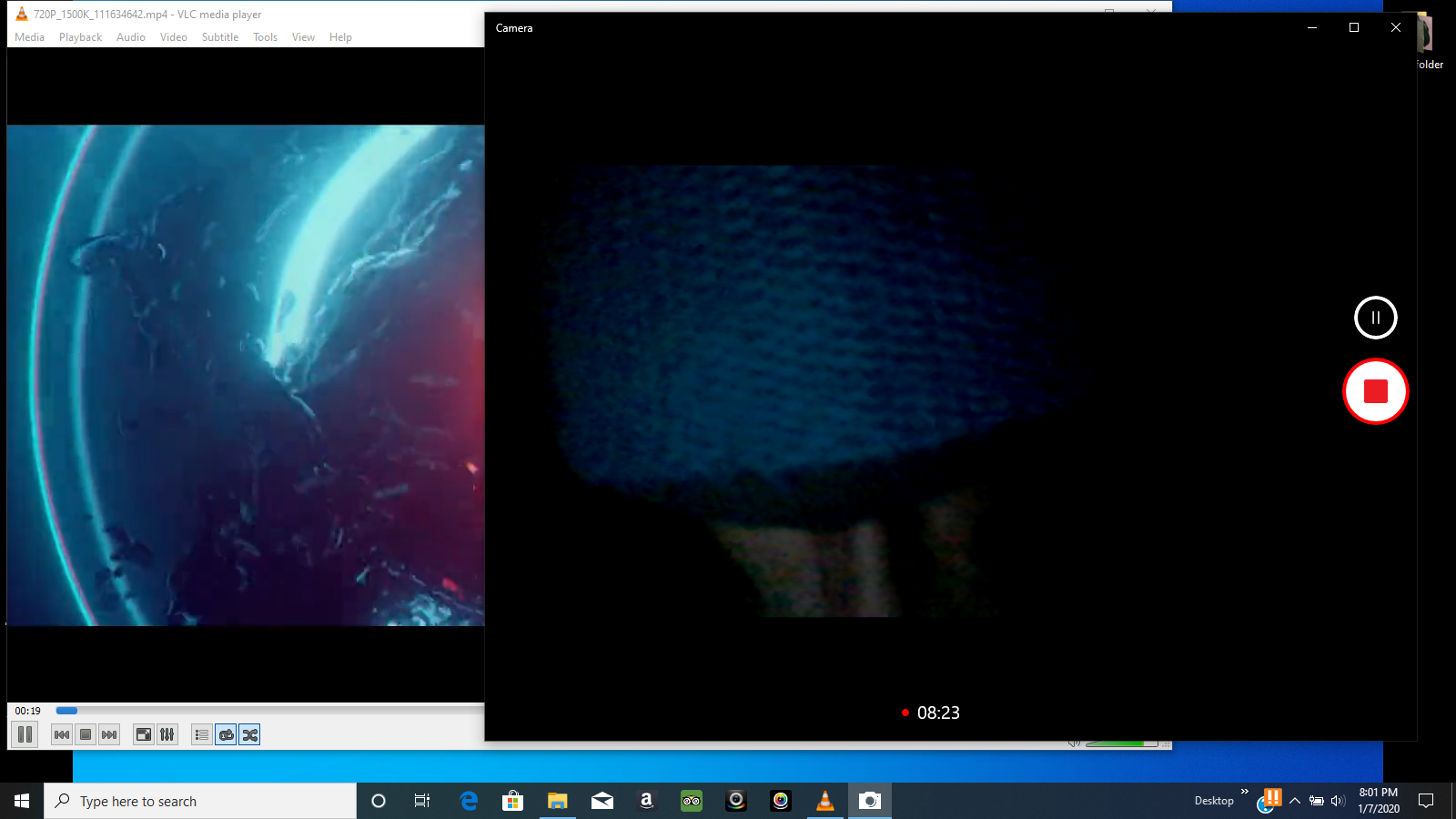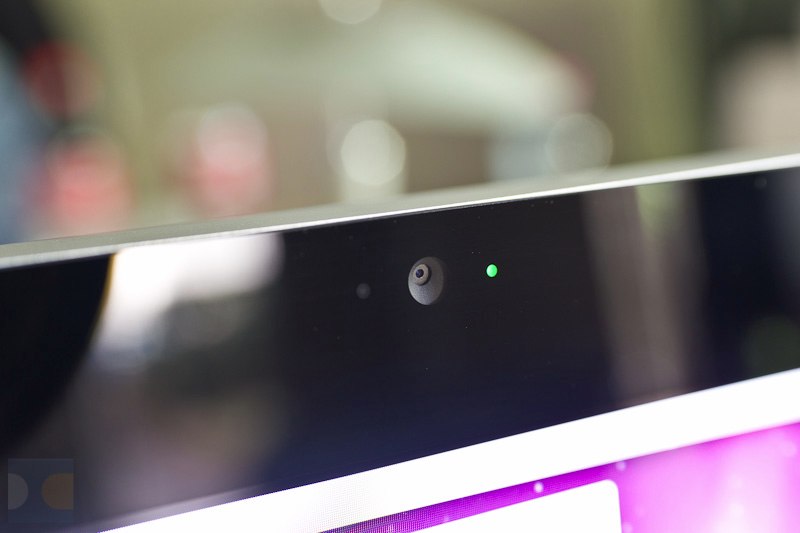Click Security & Privacy. Choose Camera from the lefthand menu. Allow the app to access your camera by ticking the box next to it. If the application is opened on your Mac, you'll receive a message asking you to quit it. Click 'Quit Now' and close the System Preferences window. How to enable your Mac's webcam/microphone for an online proctored (OLP) exam. Instructions on how to access MAC security and privacy settings to allow Sentinel to use your microphone, and camera.
- 1. Mac Files Tips
- 2. Mac Software
- 3. Mac Storage Tips
- 4. Mac Troubleshooting
- 5. Mac OS
- 6. Mac Error
by Jenefey AaronUpdated on 2020-04-26 / Update for OS X
Why is my FaceTime camera not working on Mac? Anyone knows how to activate FaceTime camera on my Thunderbolt Display. Every time I try, it says 'No Camera Available - To use FaceTime Turn on the camera'? I do not see an option to 'turn on camera' anywhere? Any help?'
With the built-in camera on MacBook, users are allowed to communicate with families and friends easily through FaceTime. But recently, some people complained that FaceTime no camera available on MacBook. Others also saw 'there is no connected camera' error message from their computer. Reboot your Mac will be the first fix and it really worked for many people, but if it failed to work on your situation, follow the tips below.
1. Check Everything with The Camera
In most cases, FaceTime camera not turning on in MacBook can be bugs with the camera, check the following items before troubleshooting:
- Try another application such as iChat, PhotoBooth to see if the issue is application-specific
- Test the built-in camera in another user account to see if it is an user-specific issue
- Check System Profiler (in the Utilities folder, inside the Applications folder). Under the USB header, check to see if the iSight camera is detected.
- Unplug the FireWire cable from your computer and the camera, after a while, plug the cable back in to the camera and the computer
2. Use A Command Line to Force Quit to Fix FaceTime Camera Not Working on Mac
If the FaceTime camera is still black and won't turn on after the basic checkup, you can force quit the application using a command line.
- Quit all running applications on your MacBook that using the camera (FaceTime, Skype)
- Go to Launchpad -> Terminal (also find in the Applications/Utilities directory) and enter the following command:
sudo killall VDCAssistant
- Still at the terminal, issue the following command as well:
sudo killall AppleCameraAssistant
- Now reopen the FaceTime and the camera should work now
3. Fix FaceTime Camera Not Connected in Display
Sometimes FaceTime HD camera not working on MacBook is because it's stuck on the internal camera and cannot select the display camera automatically; you can enable the camera manually.
- Open FaceTime on your Mac
- Go to Menu -> Video, select 'Facetime HD Camera (Display)'
4. Use The Activity Monitor App to Fix FaceTime Camera Not Working on Mac

After trying the methods above, if the MacBook camera still not working on FaceTime, you may need to quit the process with the Activity Monitor App completely.
- Close any apps that need to use camera
- Open the Activity Monitor app through the /Applications/Utilities folder
- Click on the top left column where it will say 'Process Name' to put the list in alphabetical order
- Find VDC Assistant in the list and click on it. Click on the 'X' icon on the top left to close the process
Note: If the FaceTime app crashing, stuck on connecting or won't active on iPhone, try Free Tenorshare ReiBoot for Mac to bring FaceTime back to life within seconds.
Now you got to know how to fix FaceTime camera not working on Mac clearly. If you still have more questions about FaceTime or other applications on MacBook, feel free to contact us.
Apple is always working on improving your security, and each macOS update brings new privacy features. In particular, macOS Catalina offers better control of your data. It requires apps to get your approval before accessing the camera and microphone on your Mac. Every time you open the application for the first time, you'll need to permit it to use your computer's camera.
Below we'll show you how to give camera access for any installed app. Also, you'll learn how to limit access for programs you suspect might be recording videos without your knowledge. Let's dive in! 2009 mac os upgrade.
Securing your camera and microphone
By default, the latest macOS versions — macOS Mojave and macOS Catalina — prevent apps from getting your personal data without your permission. That's why when you open the program that wants to access your hardware, you'll receive a pop-up. To give access, you just have to click OK. If this is a reliable app from a legitimate developer, you'll need to confirm once and never think about it again.
If you clicked 'Don't Allow,' you could easily change that later on your Mac. You can check what apps are allowed to use your camera and allow or block access at any time. And here's how to do that.

After trying the methods above, if the MacBook camera still not working on FaceTime, you may need to quit the process with the Activity Monitor App completely.
- Close any apps that need to use camera
- Open the Activity Monitor app through the /Applications/Utilities folder
- Click on the top left column where it will say 'Process Name' to put the list in alphabetical order
- Find VDC Assistant in the list and click on it. Click on the 'X' icon on the top left to close the process
Note: If the FaceTime app crashing, stuck on connecting or won't active on iPhone, try Free Tenorshare ReiBoot for Mac to bring FaceTime back to life within seconds.
Now you got to know how to fix FaceTime camera not working on Mac clearly. If you still have more questions about FaceTime or other applications on MacBook, feel free to contact us.
Apple is always working on improving your security, and each macOS update brings new privacy features. In particular, macOS Catalina offers better control of your data. It requires apps to get your approval before accessing the camera and microphone on your Mac. Every time you open the application for the first time, you'll need to permit it to use your computer's camera.
Below we'll show you how to give camera access for any installed app. Also, you'll learn how to limit access for programs you suspect might be recording videos without your knowledge. Let's dive in! 2009 mac os upgrade.
Securing your camera and microphone
By default, the latest macOS versions — macOS Mojave and macOS Catalina — prevent apps from getting your personal data without your permission. That's why when you open the program that wants to access your hardware, you'll receive a pop-up. To give access, you just have to click OK. If this is a reliable app from a legitimate developer, you'll need to confirm once and never think about it again.
If you clicked 'Don't Allow,' you could easily change that later on your Mac. You can check what apps are allowed to use your camera and allow or block access at any time. And here's how to do that.
How to manage your camera permissions
Now let's see a few ways that allow the apps to access your camera. If you're looking for a simple automated solution, jump straight to the last method.
#1: Use System Preferences
Follow these steps to give some apps access to your camera:
- Go to the Apple menu.
- Choose System Preferences.
- Click Security & Privacy.
- Choose Camera from the lefthand menu.
- Allow the app to access your camera by ticking the box next to it.
If the application is opened on your Mac, you'll receive a message asking you to quit it.
Click 'Quit Now' and close the System Preferences window.
#2: Use your web browser
Let's see how to enable camera permissions via Google Chrome.
- Open Chrome.
- Go to the Chrome menu > Preferences.
- Choose Advanced > Privacy & Security.
- Under Privacy and security, click Site Settings.
- Choose Camera.
- Click Ask before accessing and adjust the setting to your liking.
The process is similar for all web browsers, so if you're using Safari or Firefox, you shouldn't have problems with finding camera permissions settings.
#3: Use Parental Controls
Activate Camera On Mac For Hangouts
The parental control feature on Mac also allows you to manage your camera.
- Open System Preferences from the Apple menu.
- Choose Parental Controls.
- Click Enable Parental Controls.
- Enter your admin password if you're asked.
- Click on the Apps tab and check Allow use of camera.
If you want to block camera access, uncheck the box. This will prevent all the apps on your Mac from using the built-in cameras.
#4: Use the app CleanMyMac X
Activate Camera On Macbook
We've come to the smoothest and the most intuitive way of taking care of your app permissions — with the help of an app called CleanMyMac X.
This program has a lot of useful features, like cleaning your Mac from junk files, speeding up the system, checking your computer for viruses and malware, and much more. Recently a new feature 'Application Permissions' was released, and it allows controlling all your permissions, including your camera, in a few clicks. You should check it out!
- Download CleanMyMac X (a free trial version is available).
- Launch the app.
- Go to the Privacy tab.
- Click Scan.
- Choose 'Application Permissions.'
- Check what apps have access to your camera and make changes.
Note: This feature is available only on macOS Catalina.
Once you've solved the issue with your permissions, check out other CleanMyMac's tools. We recommend you to run a Smart Scan first. It will find unneeded files, determine potential threats, and define suitable speedup tasks for your Mac.
Then feel free to try other tools in the left panel —you'll find a lot of useful tools for making your Mac as good as new.
How To Access Camera On Mac
Thanks for reading and stay tuned!
